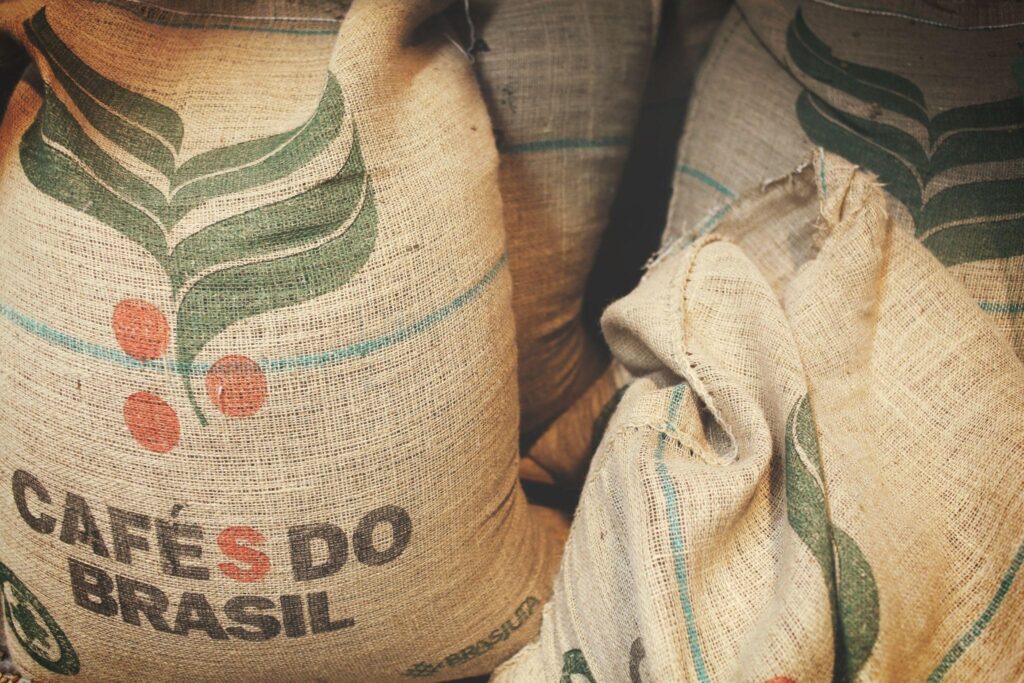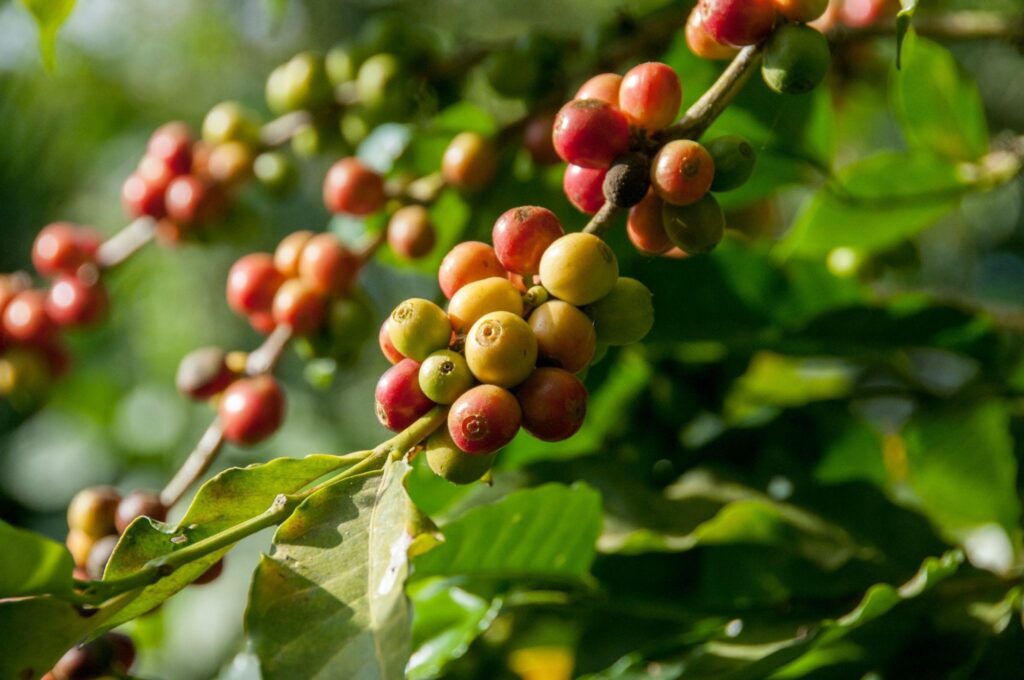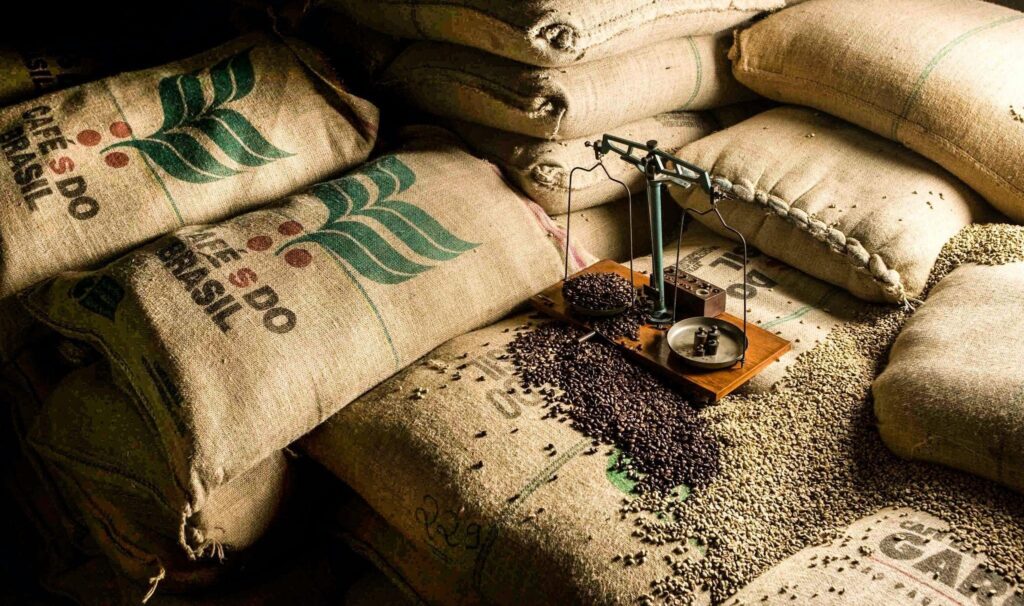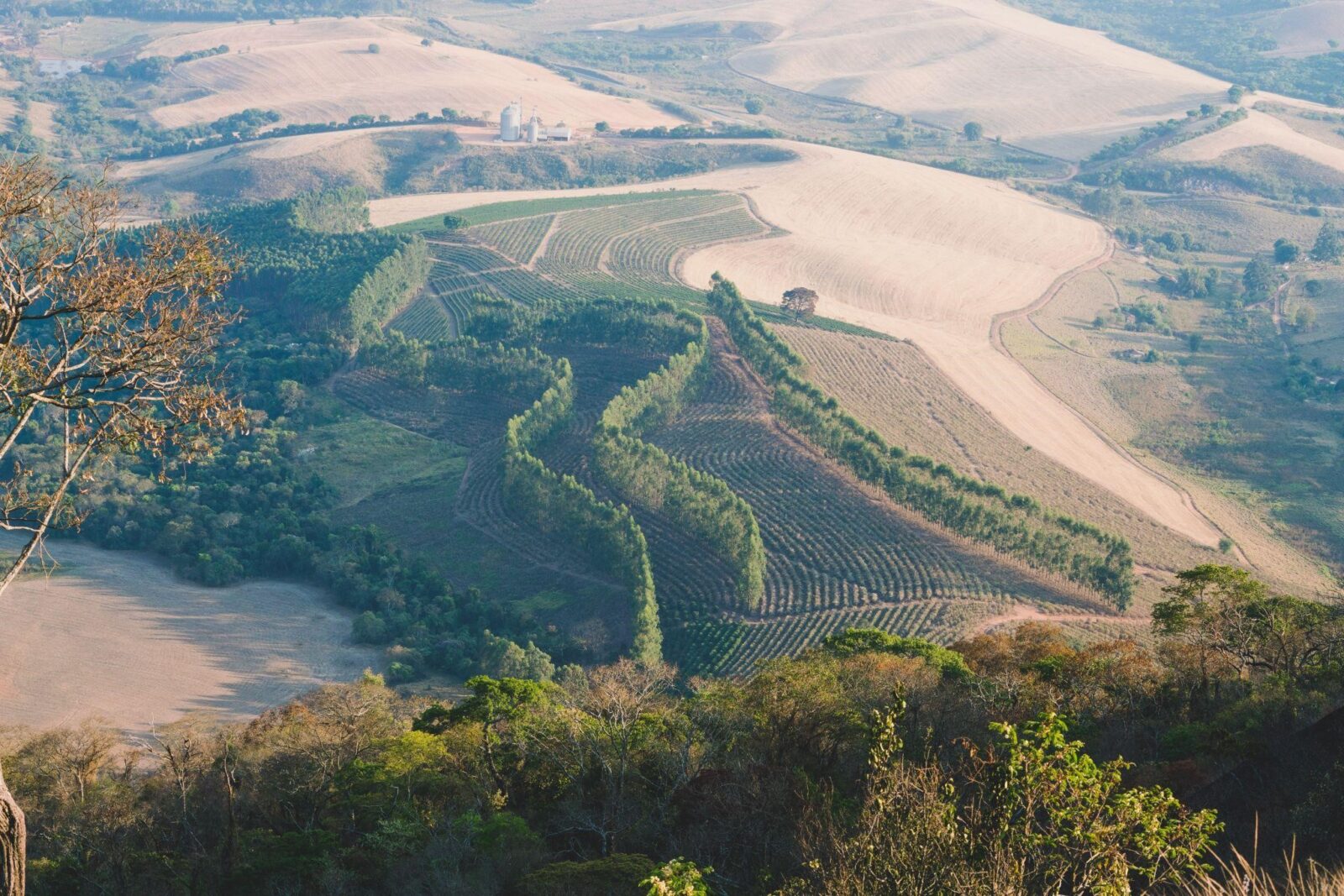Brazil is the largest coffee-producing region in the world, accounting for about one-third of global coffee production. Expert estimates claim the country will produce around 56.3 million bags (3.4 billion kg) of coffee in the 2021/2022 crop year.
As it is responsible for such a large share of the global coffee market, changes in the Brazil coffee sector can subsequently affect coffee prices worldwide.
This has happened a number of times in the past few years; in 2019, when the C price for coffee was at its lowest in more than ten years, frost forecasts in Brazil caused it to spike temporarily. Then, again, just a few months ago, a devastating cold wave caused coffee prices to break the US $2 threshold.
So how does this happen? And what does it mean for roasters? Read on to learn more.

Weather & coffee production
While they are broadly considered to be higher in quality, arabica coffee plants are more sensitive to changes in temperature and weather than robusta.
This means that producing high-quality coffee relies on stability with variables like sun, water, soil, and air – which are all things that inclement weather can affect. Weather and climate can give single origin coffees a unique taste, but they are also challenging forces that coffee farmers must deal with each year.
Arabica plants thrive in a narrow window of temperature, from 15℃ to 24℃. If temperatures drop below this window for too long, the plant can take damage, which will affect both crop yields and coffee quality. Frost, as we saw earlier this year in July, is especially damaging.
Similarly, if temperatures get too high, the plant can also be affected. High temperatures and dry weather can “scorch” plants, and uneven rainfall can make harvest timing more erratic.
At the beginning of the season, a certain amount of heavy rain is ideal, as it causes coffee plants to flower and bloom. Consistent and predictable rain helps, as it leads to even blooming, and subsequently even ripening. This makes picking less complicated and can improve overall coffee quality if the cherries are mechanically harvested.

Extreme weather in Brazil
So, now we know how weather affects coffee production. But what about Brazil?
In July this year, many Brazilian coffee producing regions were swept with an unusual and extreme overnight frost. It was devastating for some producers, with some losing more than 80% of their harvest and suffering extensive damage across their coffee plants.
July is also the beginning of the coffee harvest in Brazil, and the industry has seen a 12.8% decrease in exports since last year as a result of this damage. Producers surveyed in Minas Gerais, Brazil’s biggest coffee-producing state, said their plants were damaged by frost burn, and noted that it will take about two years for the fields to recover.
Frost can damage the coffee plant by killing flowers, damaging leaves and destroying the fruit. Furthermore, few methods can help once a plant has been hit with frost, but some farmers are experimenting with different techniques, like running irrigation through fields.
These losses around harvest time mean that coffee prices will go up since there is less supply than usual in the face of the same demand– which is significant given the scale of Brazil’s usual production.

Are there any upcoming weather issues that may affect the price of coffee?
In Brazil, frost and drought usually occur close to one another, and it already seems as if rainfall is set to be low this year, with consistent dry weather in coffee-growing regions during the typically rainy month of September.
Because of the relationship between rain and coffee flowering, there is concern that a drier rainy season will hurt Brazil’s coffee crops for the remainder of 2021 and well into 2022.
Reuters notes that as well as the losses sustained this year, the frost will “cause a loss of around 4% to production in the next season”. Alongside low rainfall, this means that we can expect more price fluctuation through 2022.

The effects of extreme temperatures and weather patterns on coffee production have been a field of study for years. Unfortunately, research has provided us with a limited number of remedies. And with climate change increasingly threatening the amount of land that is viable for coffee production and causing more unpredictable weather, this is becoming a more prominent question than ever before.
One area that researchers and businesses alike are exploring is the use of agroforestry systems. Growing coffee under shade provides them with natural cover from high temperatures; furthermore, the shade trees are easily able to reabsorb (or “sequester” CO2 from the atmosphere).
In any case, as weather patterns become more volatile in coffee-growing regions, producers and green buyers alike will be understandably focused on the weather forecast – especially in a country as significant for global coffee production as Brazil.

